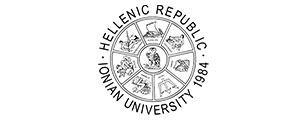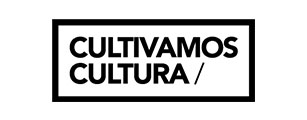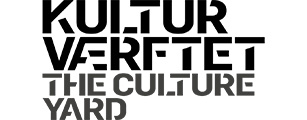TTTFellows

Dr. Robert Lisekis an artist, mathematician and composer who focuses on systems, networks and processes (computational, biological, social). His work spans media arts, AI art, immersive art, storytelling, and performance, critically addressing social issues. As a pioneer in Machine Learning-based art, he explores human-machine interaction and multi-agent development. Robert focuses on the complex realities of contemporary society, delving into the tension between volatility and stagnation, collapse and transformation. He also explores languages emerging from internet or environmental data and spatial sound and video synthesis.
Short Project Description:
Robert's project, "Zombie Embryos," is a speculative exhibit exploring the art and science of fertilization and gene editing, emphasizing ethical, social, and aesthetic implications. Comprising a workshop, lecture performance, and bioart display, it covers IVF basics, gene editing with CRISPR/Cas9, and DIY/DIWO/DITO cultures. The lecture performance narrates a fictional IVF scenario, combining science, art, and philosophy. The bioart display showcases workshop results and other works, challenging conventional notions of life, death, and reproduction. The project aims to create educational materials, zombie embryos as art, and a portfolio of immersive artworks.

Dr. Clarissa Ribeiro, a Brazilian multimedia artist and Leonardo ISAST LASER talks chair (LASER talks Fortaleza / LASER talks at Roy Ascott Studio) is currently the Technoetic Arts Advanced Program Director at Roy Ascott Studio, SIVA DeTAo, Shanghai. She is since 2014 part of the UCAL Art|Sci Collective and was until 2021 the leading instructor of UCLA SciArt Summer Institute and until 2022 the Director of LIP (Lab for Innovation and Prototyping) at the University of Fortaleza, Brazil. Clarissa has a B.Arch., an M.Arch., Ph.D. in Arts and a Post Doc in Art and Science with a Fulbright Scholar Awards.
Short Project Description:
Clarissa's project, "Window Water ${object} Moving (convolutional mnemonics)," combines art and technology to critically address ectogenesis and government policies. The installation, ongoing since 2023, invites the audience to influence mist patterns through blowing air, affecting object classification by a machine learning library. This conceptual work questions the societal impact of ectogenesis on population growth and consumerism: "the necropolitical use of humans' bodies, which can foster economic growth in ways that directly and dramatically impact our tentative friendly permanence on Planet Earth". The artist seeks collaboration through the TTTfellows Art & Science Residency to refine and expand the project's critical exploration.














